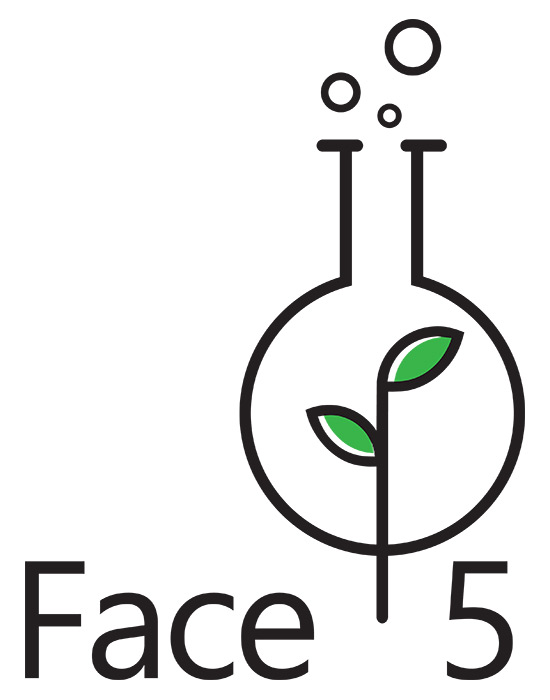If you’ve ever wondered why everyone is always telling you to wear sunscreen, look no further. Sun protection is one of, if not the most, important aspect of skincare for anyone, especially people with acne prone skin. You might be there thinking that sunscreen can’t be the solution to your acne, but let me tell you that it is absolutely essential if you want to clear up!
Sunscreen is often a forgotten staple in people’s everyday routines. It doesn’t matter if you play outdoor sports, if you bask by the pool everyday, or if the only time you go outside is to check the mail; you need to be wearing sunscreen!
Sunscreen can be very helpful for acne sufferers. Here are some examples of why sunscreen should be used on acne prone skin…
1. Acne and inflamed skin can already be red and painful, and you don't want to further irritate it with excessive sun exposure.
2. Treating your acne with benzoyl peroxide or salicylic acid can make your skin photosensitive which makes skin more susceptible to sun damage.
3. Scars from acne can be deepened by sun exposure. Damaging scar tissue with sun exposure can leave permanent marks.
In 2015, 34% of adults reported applying sunscreen with an SPF of 15 or higher.
%
Adults Wearing Sunscreen
Chemical
Chemical sunscreens contain organic (carbon based) compounds, such as oxybenzone, octinoxate, octisalate and avobenzone, which create a chemical reaction and work by changing UV rays into heat, then releasing that heat from the skin.How do Chemical and Physical Sunscreens work?

Physical
Physical Sunscreens contain active mineral ingredients, such as titanium dioxide or zinc oxide, which work by sitting on top of the skin to deflect and scatter UV rays away from the skin. They are often referred to as physical blockers.
Chemical
Physical
Pros:
- Less is needed to properly protect your skin.
- It is usually a thinner product that is generally easier to spread evenly on the skin.
Cons:
- It requires you to wait 20 minutes before it is fully effective.
- There is an increased chance of irritation and stinging due to the multiple ingredients combined in order to achieve broad spectrum UVA and UVB protection (especially for those who have dry skin with a damaged moisture barrier)
- When most of my clients come to see me, their skin is very irritated and angry from all the products they have tried. This usually causes damage to the moisture barrier and anything you apply can sting the skin, especially chemical sunscreen.
- Since chemical sunscreen changes UV rays into heat, there is an increased chance of redness for rosacea-prone skin types.
- It may clog pores for oily skin types. Click here for the Pore Clogging Ingredient List.
Pros:
- The active ingredients are Titanium Dioxide and Zinc Oxide.
- Titanium Dioxide protects your skin from one form of UVA and UVB while Zinc Oxide on the other hand protect your skin from both forms of UVA and UVB.
- I prefer Zinc in every sunscreen because it also offers anti-inflammatory properties, so it’s excellent for sensitive/ acne prone skin.
- Physical Sunscreen protects your skin from the sun as soon as it’s applied.
- No wait needed. Remember Chemical Sunscreen takes 20 minutes before it works?
- It is less likely to cause a stinging or burning sensation on the skin.
- Better for those with heat-activated skin, such as rosacea and redness, since it deflects the heat and energy given off by the sun.
- Less likely to be pore-clogging, which makes it ideal for acne prone skin.
Cons:
- It can rub off, sweat off and rinse off easily.
- The sunscreen may leave a white cast on the skin.
- Needs to be applied and reapplied frequently, making it difficult to make sure your skin is properly protected.

